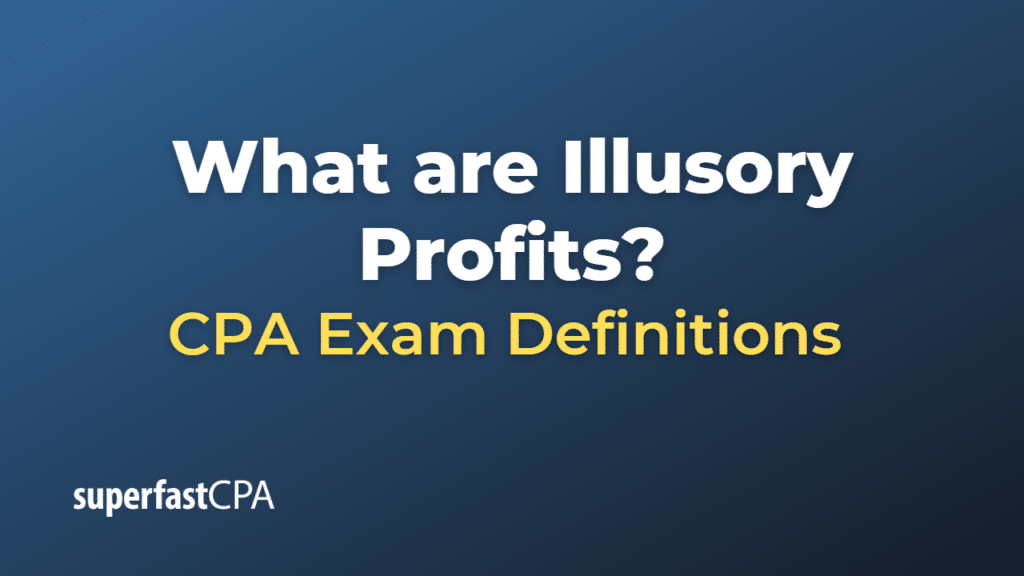Illusory Profits
Illusory profits are profits that appear to exist on paper but do not actually exist in reality. This term is often associated with fraudulent schemes, especially Ponzi schemes, where the returns paid to the initial investors are not generated through legitimate business activities, but are instead funded by the investments of new participants.
In a Ponzi scheme, for example, the operator might claim to generate high returns through a special investment strategy. In reality, however, the “profits” that are paid out are merely the principal contributions of new investors. These payouts are presented as a return on investment to the initial investors, giving the illusion of profitability when there is none. This cycle continues until the scheme collapses, usually when the operator can no longer attract new investors to pay the old ones, or when too many investors attempt to withdraw their funds at once.
This is why the profits in such a scheme are described as “illusory” – they’re not based on any actual profit-generating activity, but are merely a redistribution of funds among participants.
Note that illusory profits can also be caused by other forms of fraud, such as falsifying financial statements or engaging in deceptive trading practices. In all cases, the key characteristic of illusory profits is that they appear to exist based on the provided information, but do not represent a real gain in economic terms.
Example of Illusory Profits
Let’s consider an example using a classic Ponzi scheme:
- John creates an investment company promising unusually high returns – say, 20% annually. He persuades Alex to invest $10,000.
- A month later, John uses the money from a new investor, Lisa (who also invests $10,000), to pay a $2,000 “return” to Alex. Alex is delighted with the high return and tells his friends about the great investment opportunity.
- Encouraged by Alex, more people invest in John’s company. John uses some of this new money to pay the promised returns to earlier investors, and some for his personal expenses.
- On paper, the company seems highly profitable because John pays consistent “profits” to investors. In reality, however, these are not actual profits from any investment activity but are merely the principal amounts from new investors.
- Eventually, if John can’t attract new investors fast enough, or if too many people try to withdraw their investment at the same time, he won’t be able to keep paying the promised returns. The scheme will collapse, revealing that the profits were illusory and the investors’ money has been lost.
This scenario demonstrates how illusory profits can be generated. Investors are led to believe they are receiving a significant return on their investment when in fact their “profits” are simply money taken from new investors. When the source of new investment dries up, the illusion collapses, and the supposed profits vanish.













